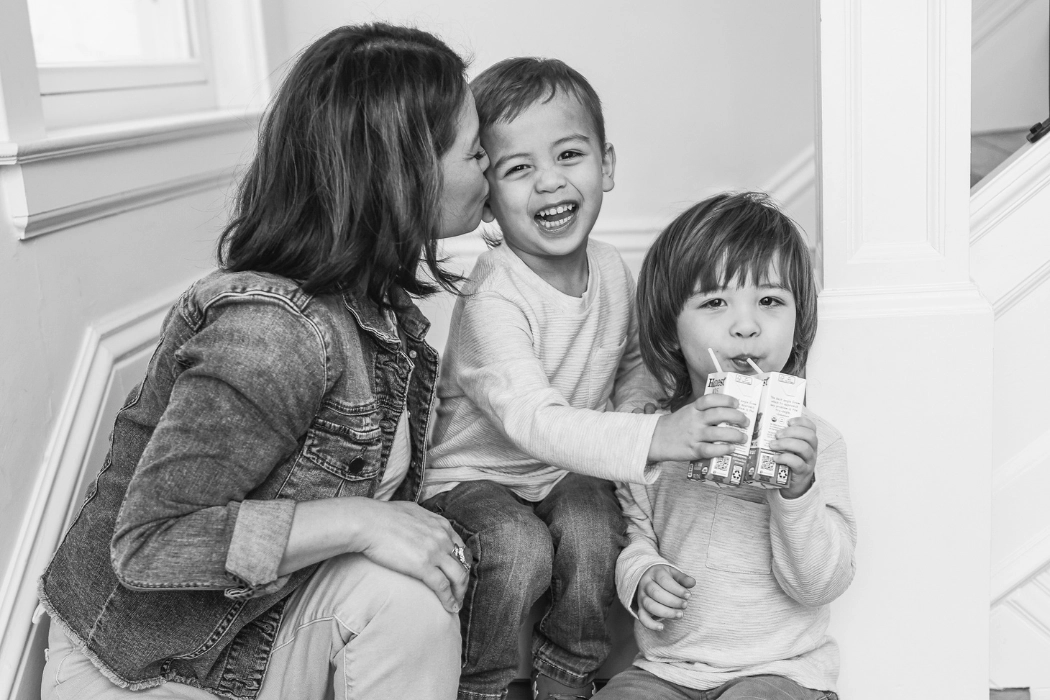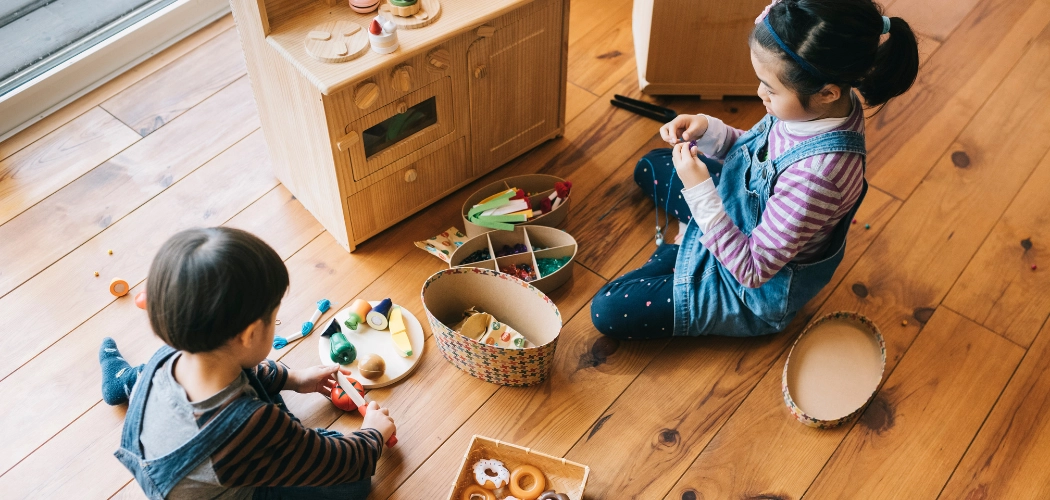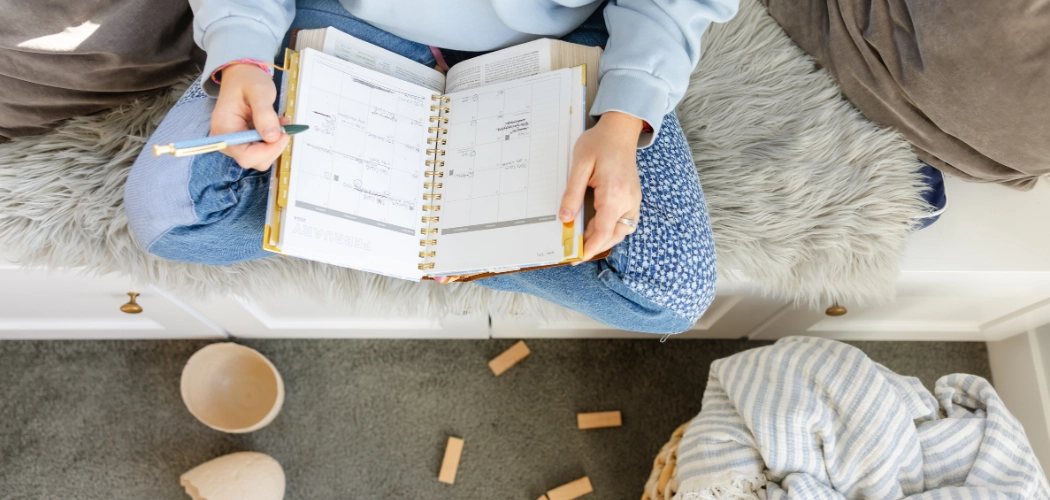Positive reinforcement is a technique used to motivate and encourage desired behaviors in children. It involves rewarding your child with praise, attention, privileges or small prizes when they demonstrate positive actions or behaviors. Using positive reinforcement has many benefits compared to punishing undesired behaviors.
This article will explain what positive reinforcement is, the advantages of using it, and provide actionable tips on how to use positive praise, attention, reward systems, accomplishments and consistency to motivate your child. Sections will cover:
- Understanding Your Child’s Motivations
- Using Praise and Encouragement
- Providing Positive Attention
- Creating a Reward System
- Offering Small Rewards
- Using Privileges as Rewards
- Celebrating Accomplishments
- Being Patient and Consistent
The goal is to give parents proven techniques to motivate children through positive reinforcement rather than punishment. By learning how to tap into what motivates your child and consistently rewarding desired behaviors, you can encourage them to keep repeating those actions.
Understand Your Child’s Motivations
Every child is motivated by different things based on their unique interests, values and personality. To motivate your child through positive reinforcement, you first need to understand what truly matters to them.
Get to know your child well so you can identify their passions, hobbies and quirks. Notice what types of activities or topics make their eyes light up. Ask them questions to learn about their likes and dislikes. Pay attention to the kinds of rewards that work best for them. Are they excited by experiences like a trip to the aquarium, or do they respond better to tangible prizes like art supplies or books?
Aligning rewards to your child’s motivations increases their enthusiasm and interest. For example, if your child loves music, allowing them 30 minutes of extra practice time on their instrument could be an effective motivator. Or if they are fascinated by reptiles, promising a visit to the nature center could incentivize positive behavior. Make a mental note or physical list of reward ideas tailored to your child.
Understanding the inner workings of your child is key. The better you know their personality and interests, the better you can incentivize them in a meaningful way. Paying attention to their unique motivations allows you to reinforce good behavior with rewards that truly excite them.
Use Praise and Encouragement
One of the most powerful ways to motivate children is through descriptive praise and encouragement. Rather than saying “good job,” explain specifically what your child did well. For example:
- “I love how you picked up your toys so carefully and put each one in the right spot!”
- “That drawing is so creative! I like how you used so many different colors.”
- “You worked really hard to solve that math problem on your own. Great perseverance!”
Be specific about what behaviors you want to reinforce. This helps your child understand what exactly to keep doing.
Words of encouragement also go a long way. Cheer on your child’s efforts with phrases like, “You can do it!” and “I believe in you!” Celebrate small wins and milestones along the way.
Encouragement shows your child you are paying attention and care. This motivates them to keep trying their best. Consistent praise and cheers let your child know you are their biggest fan.
Related Post: Tired of Making Behavior Rules?
Provide Positive Attention
Giving your child focused, positive attention is one of the most powerful rewards you can offer. Something as simple as dedicating 15 minutes of one-on-one time doing an activity they enjoy can be incredibly motivating. This focused attention shows your child that they are important to you.
When providing positive attention:
- Spend quality one-on-one time doing an activity your child loves. It could be playing with Legos, reading books together, or kicking a soccer ball in the yard. The important thing is that you are fully present and engaged. Put aside distractions like your phone so you can give them your full focus.
- Make eye contact, listen attentively, and respond thoughtfully. Show sincere interest in what they are saying and doing.
- Offer encouragement and praise throughout your time together. Comment specifically on their creativity, effort, determination, cooperation or other positive behaviors.
- Be fully engaged in the moment with them. Don’t multitask or get distracted. Your child will recognize that you’re giving them your undivided attention.
- Make it a habit to spend this quality time together regularly. Consistency is key in motivation. Dedicating focused one-on-one time each day or several times a week demonstrates your ongoing commitment.
Simply spending some dedicated time focusing completely on your child allows you to connect meaningfully, build self-esteem, and motivate positive behavior. Your attention is one of the most precious gifts you can give.
Create a Reward System
A reward system can be an excellent way to motivate your child to work towards positive goals and behaviors. With a reward system, you provide your child with a small prize, privilege or recognition each time they accomplish the goal or desired behavior. This reinforces the behavior and motivates your child to keep working at it.
Reward systems are often done with charts that visually track progress. For example, a sticker chart allows your child to earn a sticker each time they complete a task or demonstrate a positive behavior. After earning a certain number of stickers, they get a reward. This provides regular positive reinforcement.
Some ideas for sticker or point chart rewards include:
- Earning a special treat like a dessert or trip to the movies after getting 10 stickers
- Getting a new book or toy after earning 25 stickers
- Having a pizza party after getting 50 stickers
The rewards should start small and increase in value as the goal increases. The charts help break bigger goals down into smaller daily accomplishments.
When creating a reward system, involve your child in setting goals and picking rewards. This increases their motivation and buy-in. Set a timeframe for achieving the goal, like earning 50 stickers in 2 weeks. Track progress and celebrate successes along the way.
Reward systems encourage positive behaviors through consistent positive reinforcement. With patience and consistency, these systems can effectively motivate children.
Offer Small Rewards
Small rewards can be highly motivating for children. Offering a small reward immediately after a desired behavior can reinforce that behavior. Examples of effective small rewards include:
- Stickers – Allowing your child to select a sticker to put on a chart or in a book is an easy way to reward good behavior. Stickers are inexpensive and fun for kids. Vary the stickers to keep it interesting.
- Small edible treats – A single piece of candy, a cookie or a fun-sized chocolate bar can be an enticing reward for little effort. Just be careful not to overdo it.
- Coupons – Make homemade coupons for things like a trip to the park, reading an extra bedtime story, or choosing dinner. Coupons add an element of surprise and give kids something tangible.
- Extra screen time – For older kids, allowing extra TV or video game time can be an alluring reward. Again, use this in moderation.
The key is to offer a variety of small rewards, so the element of surprise and novelty stays strong. If you reward the same behavior with the same sticker each time, it will lose its motivational power. Switch it up to keep your child engaged and excited about earning rewards.
Timing is also important – offer the reward immediately after the desired behavior. If too much time elapses, your child may not connect the reward with the behavior.
With consistency and an element of surprise, small rewards can be remarkably effective for motivating kids and reinforcing positive behaviors.
Use Privileges as Rewards
Privileges like screen time, special outings, or staying up late can be powerful motivators for children. Giving access to these coveted privileges as a reward for achievements and positive behavior can encourage kids to keep striving.
Some privilege reward ideas include:
- Extra TV/tablet time for completing homework or chores without complaining
- A family movie night for excellent behavior all week
- A trip to an amusement park for earning all As on a report card
- Extended bedtime on weekends for helping more around the house
The key is to tie the privilege appropriately to the achievement so your child sees a clear connection. Don’t give a huge reward for a small task – scale it appropriately. Also, be sure to set some boundaries and limits on privileges so they retain their motivational power.
Using privileges kids value as motivation allows you to reinforce good behavior without constantly buying new toys and trinkets. The child learns self-discipline as they work towards the reward. Just be consistent in following through when goals are met.
Celebrate Accomplishments
Celebrating your child’s major milestones and accomplishments is a great way to provide positive reinforcement. When your child puts in effort and achieves something meaningful to them, take the time to commemorate and celebrate their success. This could involve planning a special event, making their favorite meal, buying them a gift they’ve wanted, or finding another meaningful way to mark the occasion.
Celebrating major accomplishments makes your child feel proud of what they’ve achieved. It shows them that you notice and appreciate their hard work and dedication. Celebrating also brings family and friends together to recognize your child’s effort. Having this support system and an audience for their success helps motivate your child to keep working towards goals and positive behaviors. They’ll know their accomplishments are meaningful and worth celebrating.
Some examples of major milestones to celebrate could include learning to ride a bike, mastering a difficult skill in sports or music, getting good grades, improving behavior at school, or making a team or cast. The specific milestone or achievement will depend on your child’s interests and goals. But finding unique ways to commemorate their major successes lets your child know you believe in them and want to recognize their progress. This positive reinforcement helps intrinsically motivate them to keep working hard.
By celebrating accomplishments both big and small, you are nurturing your child’s self-confidence. They learn to take pride in their achievements. Celebrating also creates happy memories and forges a positive association with hard work and success. Your child will be motivated to reach the next goal or milestone so they can enjoy that feeling of celebration again.
Be Patient and Consistent
Changing behavior takes time. When implementing a reward system to motivate your child, be prepared that you won’t see changes overnight. Creating new habits requires consistency and patience.
It’s important to stick with the reward system long enough to allow it to work. Don’t expect your child to be motivated after just a few days. It takes most people at least a couple weeks of steady effort to establish a new routine.
Here are some tips for being patient and consistent with rewards:
- Commit to the reward system for at least 2-4 weeks before evaluating its effectiveness. Don’t give up too quickly.
- Remember that slip ups and mistakes are part of the process. Don’t punish your child for regression. Use setbacks as opportunities to encourage trying again.
- Give rewards consistently when earned. Don’t withhold rewards due to your own frustration. This will discourage your child’s motivation.
- If one reward doesn’t seem motivating, try switching it up. Your child’s interests change over time.
- When you feel discouraged, focus on the small improvements you do see. Progress takes time, but is worthwhile.
- Ask your child for input on rewards to ensure they are still appealing. Adapt as needed.
- Celebrate both small and big accomplishments. Praise effort, not just end results.
- Be a model of consistency yourself. Kids learn from watching your behavior.
Staying patient takes work, but it allows time for positive change. By sticking with a consistent reward system, you give your child the chance to successfully develop motivating behaviors.
Positive reinforcement techniques focus on encouraging good behavior in children through praise, rewards and privileges. This can motivate children to keep up desirable habits and teach them how their actions lead to good outcomes.
The main points to remember about positive reinforcement are:
- Praise and encouragement from parents are powerful motivators for children. Be specific with compliments and celebrate even small achievements.
- Create a system of rewards that children can work towards. These can be small treats, fun activities, or special privileges. Make sure rewards are tied to specific behaviors.
- Be patient and consistent when implementing a reward system. Children may test boundaries at first. Stick with it and positive behaviors will increase over time.
- Focus on the positive. Punishing undesirable behaviors is less effective than rewarding good ones. Children learn better through positive reinforcement.
Using these techniques can instill self-confidence, independence and motivation in children long-term. They will be empowered to make good choices and repeat behaviors that bring positive results.
For parents who want to learn more, helpful resources include parenting books on positive discipline, online articles from child development experts, and talking with your pediatrician. With patience and consistency, positive reinforcement can greatly benefit both you and your child.
Related Posts:




